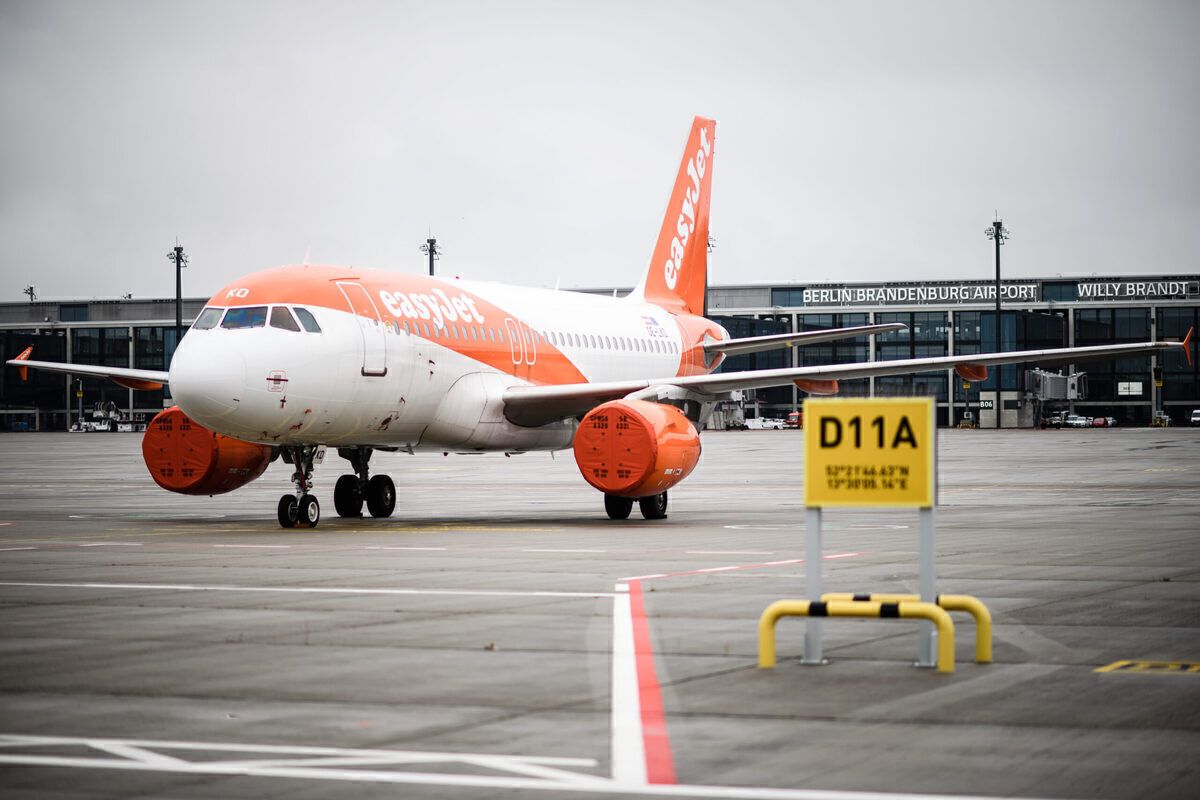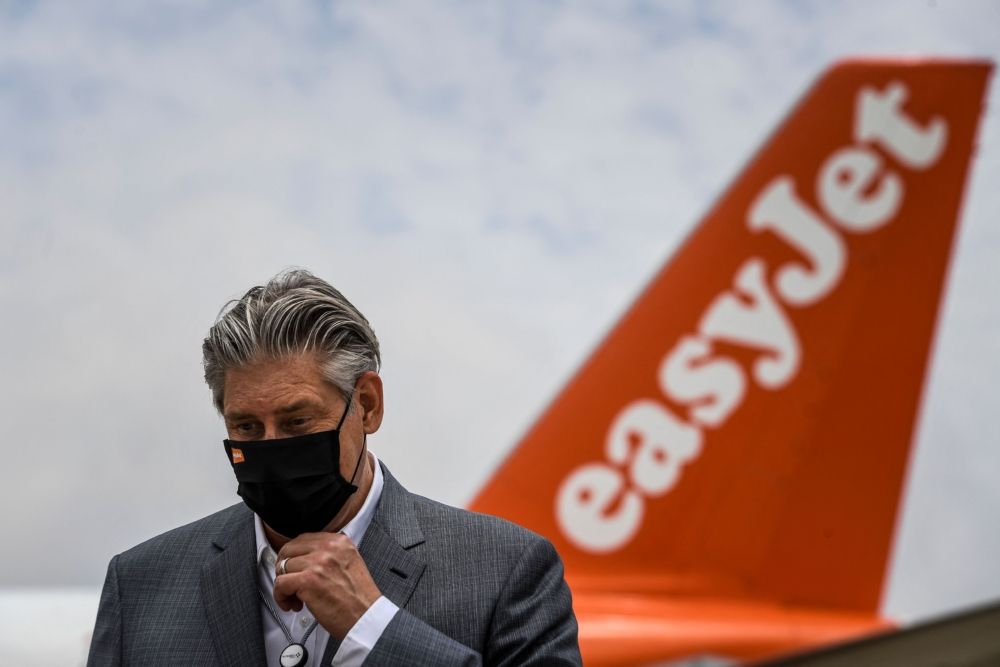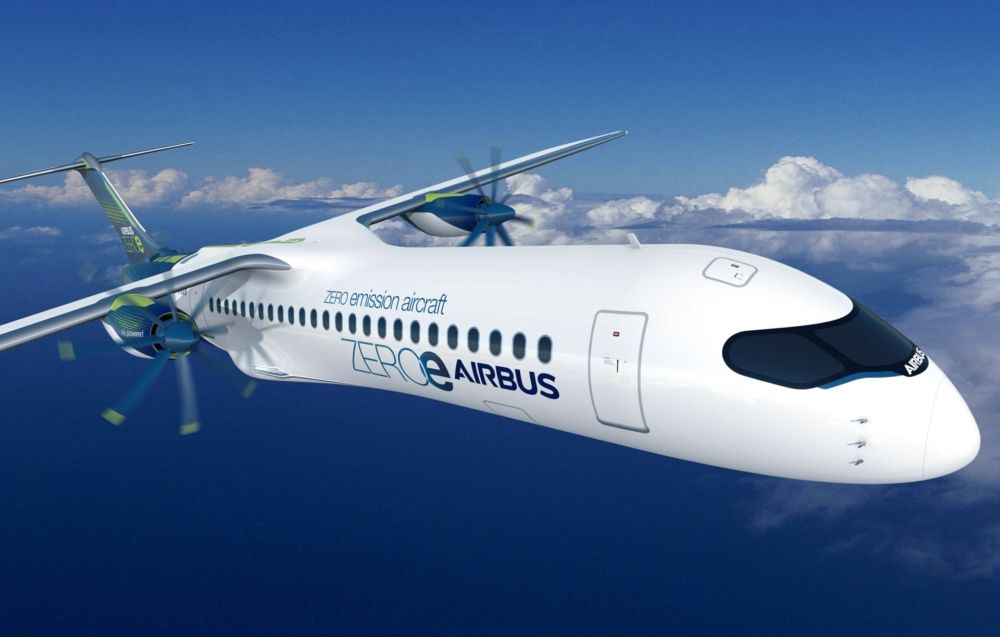As easyJet mulls over its electric and hydrogen aircraft options for its future fleet, its management is calling for governments and the wider aviation scene to collaborate more closely on sustainability initiatives. The low-cost carrier’s CEO, Johan Lundgren, spoke about the market’s requirements this morning.
Better together
Simple Flying caught up with Lundgren ahead of his talk at Airbus’ facilities at Toulouse today. He went over some key priorities for the industry in order to meet sustainability targets. Notably, the easyJet chief highlights that authorities need to back the development of hydrogen supply and infrastructure while also supporting renewable energy efforts.
Lundgren also emphasizes that officials need to incentivize the ramp-up of zero-emission tech. With this factor, he notes that money raised from environmental taxes must go back into the efforts to achieve sustainability goals.
The next stage
easyJet has been doing progressive work when it comes to emissions as of late. It became the world's first major airline to offset carbon emissions from the fuel used for every flight. Yet, the company’s leadership believes that this feat is just an interim solution and that the long term requirement is the deployment of hydrogen and electric aircraft.
“This is an exciting time for the industry where true zero-emission flight is within reach. Hydrogen and electric powered aircraft are already flying, with companies like Airbus committed to scaling the technology for commercial flights and aiming for entry into service in the 2030s. So, we all need to play our role to ensure that the infrastructure is ready for these exciting new aircraft,” Lundgren shared.
“But the industry can’t do it alone. We need governments to help the industry meet ambitious emissions reduction goals by championing financial and regulatory support for green technologies and investments in zero-emission aircraft. We stand ready to work with our partners and the wider industry to help deliver a more sustainable future for the industry.”
Stay informed: Sign up for our daily and weekly aviation news digests.
More to be done
Overall, carriers are working intently to cut down emissions and operate more effectively in the new climate. Nonetheless, the wider spectrum also plays a crucial role, especially governments. Lundgren concludes that authorities need to deliver objectives for the Single European Sky and formally recognize offsetting. He believes that these factors would considerably reduce emissions immediately.
Numerous local and global outfits have been showing their innovation in the development of hydrogen and electric aircraft technologies. There will undoubtedly be significant breakthroughs in this market before this decade is over. However, while this technology matures, there is no clear winner to what the best solution would be for a commercial airline such as easyJet. Therefore, the carrier is ensuring it is communicating well across the supply chain to make a well-informed decision.
What are your thoughts about easyJet’s commitment to zero-emission flights? What do you make of the carrier’s plans in this field over the next decade? Let us know what you think of the airline and its goals in the comment section.



